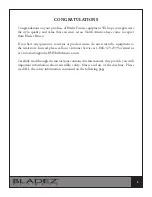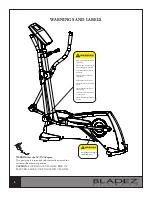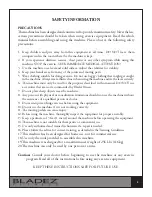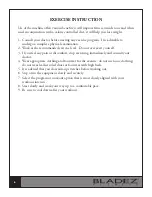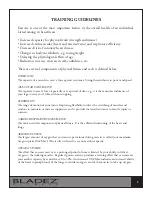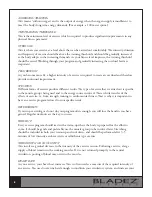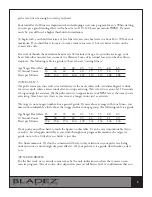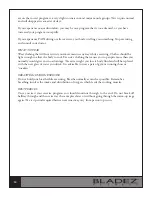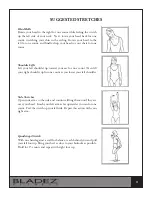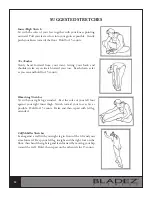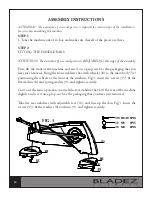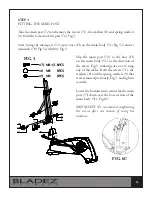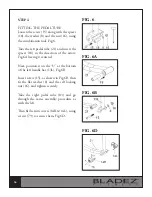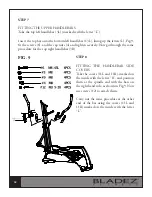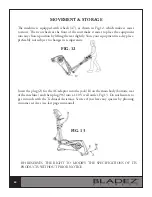
7
TRAINING GUIDELINES
Exercise is one of the most important factors in the overall health of an individual.
Listed among its benefits are:
• Increased capacity for physical work (strength endurance)
• Increased cardiovascular (heart and arteries/veins) and respiratory efficiency
• Decreased risk of coronary heart disease
• Changes in body metabolism, e.g. losing weight
• Delaying the physiological effects of age
• Reduction in stress, increase in self-confidence, etc.
There are several components of physical fitness and each is defined below.
STRENGTH
The capacity of a muscle to exert a force against resistance. Strength contributes to power and speed.
MUSCULAR ENDURANCE
The capacity to exert a force repeatedly over a period of time, e.g. it is the muscular endurance of
your legs to carry you 10 km without stopping.
FLEXIBILITY
The range of motion of your joints. Improving flexibility involves the stretching of muscles and
tendons to maintain or increase suppleness, and it provides increased resistance to muscle injury or
soreness.
CARDIO-RESPIRATORY ENDURANCE
The most essential component of physical fitness. It is the efficient functioning of the heart and
lungs.
AEROBIC FITNESS
The largest amount of oxygen that you can use per minute during exercise is called your maximum
oxygen uptake (Vo2 Max.) This is often referred to as your aerobic capacity.
OXYGEN UPTAKE
The effort that you can exert over a prolonged period of time is limited by your ability to deliver
oxygen to the working muscles. Regular vigorous exercise produces a training effect that can increase
your aerobic capacity by as much as 20 to 30%. An increased VO2 Max indicates an increased ability
of the heart to pump blood, of the lungs to ventilate oxygen, and of the muscles to take up oxygen.
Summary of Contents for Brazil
Page 13: ...13 OVERVIEW...
Page 21: ...21 EXPLODED VIEW DRAWING...



